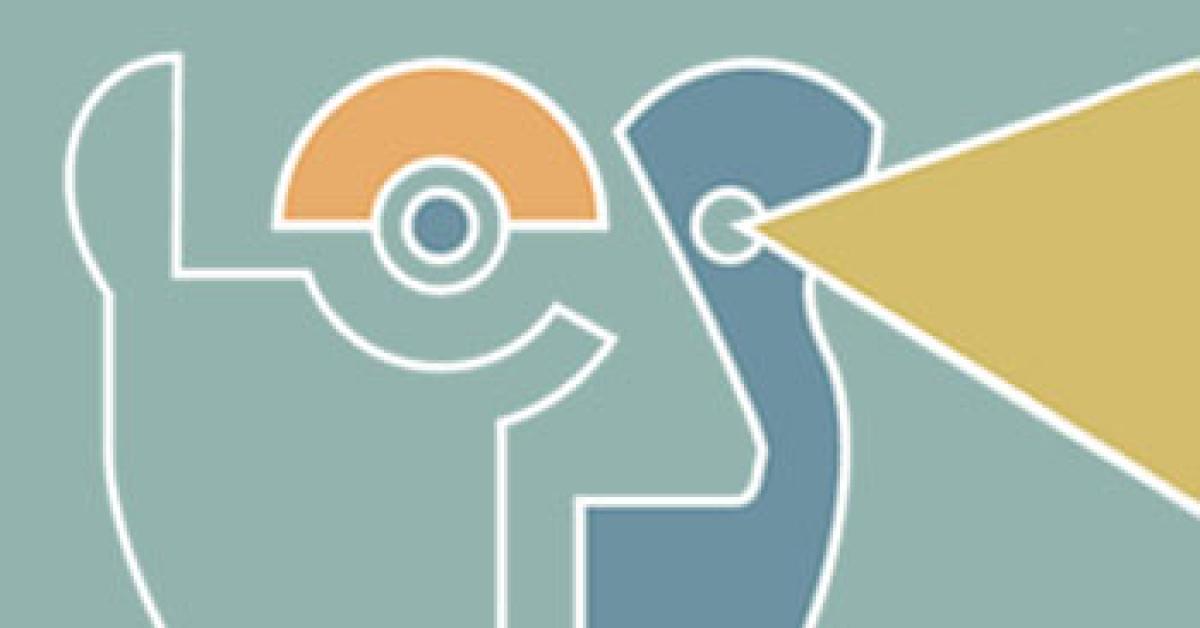PEMBROKE, Mass. — I have walked into many dry cleaners to see the counter staffer sitting there, blindly staring into space. When I entered, she would ask, “Can I help you?” and I would say something. But, before I entered, she was just sitting there doing nothing. Yes, her job is to help customers. But can’t we get more productivity out of that job slot? Can’t we get her to do some work between customers?
Couldn’t we motivate her to become a salesperson, or rather a sales agent, during downtime? How do you do that? you ask. There’s a phone right there, and a phone book under the counter—all a sales agent needs.
How are you going to get counter staffers to make calls when they’re not salespeople? That’s where your training ability comes in.
Go through scenarios. When the prospect hangs up, instruct the staffer to just go on to making the next call. When the prospect asks a question that the counter staffer doesn’t know how to answer, she says, “I’ll find out the answer and get back to you.” When the prospect says she does most business during sales promotions, tout your company’s regular promotion.
Do role-playing. Go over and over each scenario until the counter staffer has it down. Admittedly, this might take work, because you’ll have to train several counter staffers and it might have to be on the job as the person is working. But, hypothetically, each counter staffer you train can teach another staffer, and your training will become less necessary.
Why would the counter staffer make calls? Money, that’s why. You would have to compensate her in some way. Offer her a 50% commission on first orders: if a new customer brings in a $30 order, she would receive $15. If she gets three new customers a week, the counter staffer earns an extra $45. Who can’t use extra money these days?
How could you control the payment process? Give the counter staffer a dozen names a week. Keep that list, and when you find the person has placed an order, a sale and commission is triggered. You could do this manually, or you could set up your computer to automatically spit out commissions. Never flinch from paying a commission, even if you are not sure the counter staffer deserves it. If you want this approach to work, you will be eager to pay out commissions and to brag how well some of your counter staffers are doing. That way, the program will flourish.
How do you make money out of the arrangement? Admittedly, giving 50% of the sales away to the counter staffer the first order doesn’t allow you much profit. You might just break even. But it’s the second order, third order and the 16th where you make money, because you pay no commission.
So, take a customer who came in eight times in the first year and spent $25 each time. That means you’ve paid $12.50 commission for $200 volume (eight times $25). That’s a little more than 6% of total revenue. Not bad. In other words, the counter staffer just receives a commission on his/her original order, so he/she must keep selling to earn extra money. Up-front commissions are attractive; if the company makes a mistake and does not satisfy the new customer, the counter staffer still pockets the commission. The point is, you must be willing to spend money up front to make money over time.
Where do you come up with names? Simply take names out of the phone book. Possibly circle residents on nearby streets and have your staffer call those people. For instance, there are streets in affluent neighborhoods that may have good pick-up and delivery prospects and the counter staffer could tailor his/her spiel to win that trade.
There are resident lists one can purchase. You could obtain organization member lists. There are town resident lists. One could go to town hall, and search through the assessors’ book of residents. Write down the names and addresses of individuals, then, back at the store, match up names and addresses to phone numbers. Now your counter staffer has a name (and potentially the names of family members), an address and phone number. Compile lists of 12 families and hand them to counter staffers. When they finish those lists, you revisit your sources to produce more lists.
Of course, you must act as cheerleader. Praise the counter staffers when they win new business. Make a big deal of giving them their sales commissions. Work with the employees who can’t get going.
If someone says, “I just can’t do it,” argue that it’s not selling, it’s conveying information. It is just like telling your friend that your husband is sick. When the person thinks like that, it is easier to take rejection. Explain that the prospect could be happy to receive the information. Even a high-schooler can be motivated. Tell him or her that selling is a valuable skill and can make the difference between getting a job and not getting it.
Provide tips to handle all contingencies. When the customer isn’t in, jot an L (for “later”) next to the name to call back. When the prospect’s answering machine goes off every call, leave a message, such as “Please call me, Mrs. Mellon. I understand that you’re new to the area and I want to tell you about our new service at Davidson’s Dry Cleaners. My name’s Melissa and the number is…” When a youth answers, ask when is a good time to call the parents.
When there is confusion between two counter staffers, give them both commissions. Or divide the commission in half. Never, ever argue that because there is confusion, no commission will be paid. That will sabotage the program.
Try this sales program to get 100% out of your counter staffers.
Miss Part 1? You can read it HERE.
Have a question or comment? E-mail our editor Dave Davis at [email protected].

